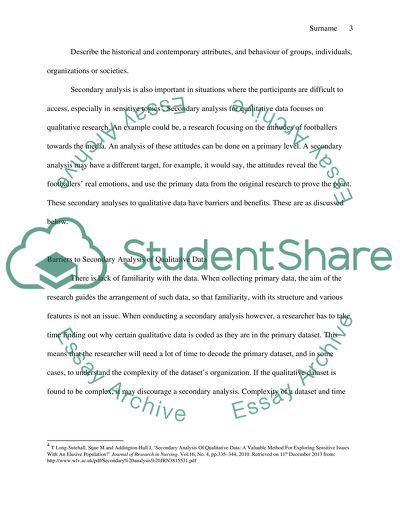Cite this document
(“What are the principal barriers to secondary analysis of qualitative Essay”, n.d.)
What are the principal barriers to secondary analysis of qualitative Essay. Retrieved from https://studentshare.org/history/1497887-what-are-the-principal-barriers-to-secondary
What are the principal barriers to secondary analysis of qualitative Essay. Retrieved from https://studentshare.org/history/1497887-what-are-the-principal-barriers-to-secondary
(What Are the Principal Barriers to Secondary Analysis of Qualitative Essay)
What Are the Principal Barriers to Secondary Analysis of Qualitative Essay. https://studentshare.org/history/1497887-what-are-the-principal-barriers-to-secondary.
What Are the Principal Barriers to Secondary Analysis of Qualitative Essay. https://studentshare.org/history/1497887-what-are-the-principal-barriers-to-secondary.
“What Are the Principal Barriers to Secondary Analysis of Qualitative Essay”, n.d. https://studentshare.org/history/1497887-what-are-the-principal-barriers-to-secondary.


